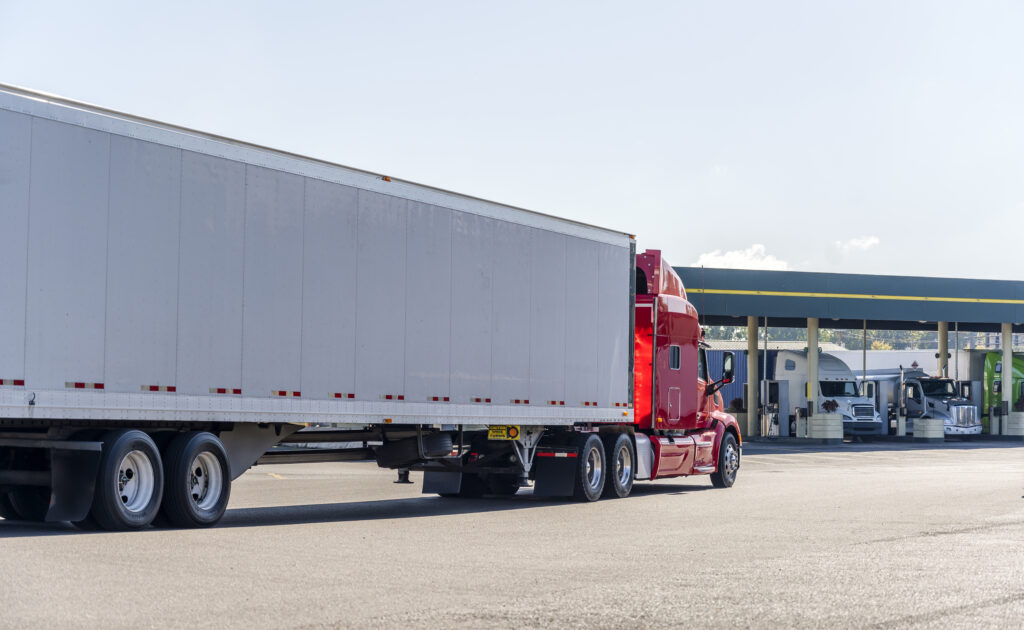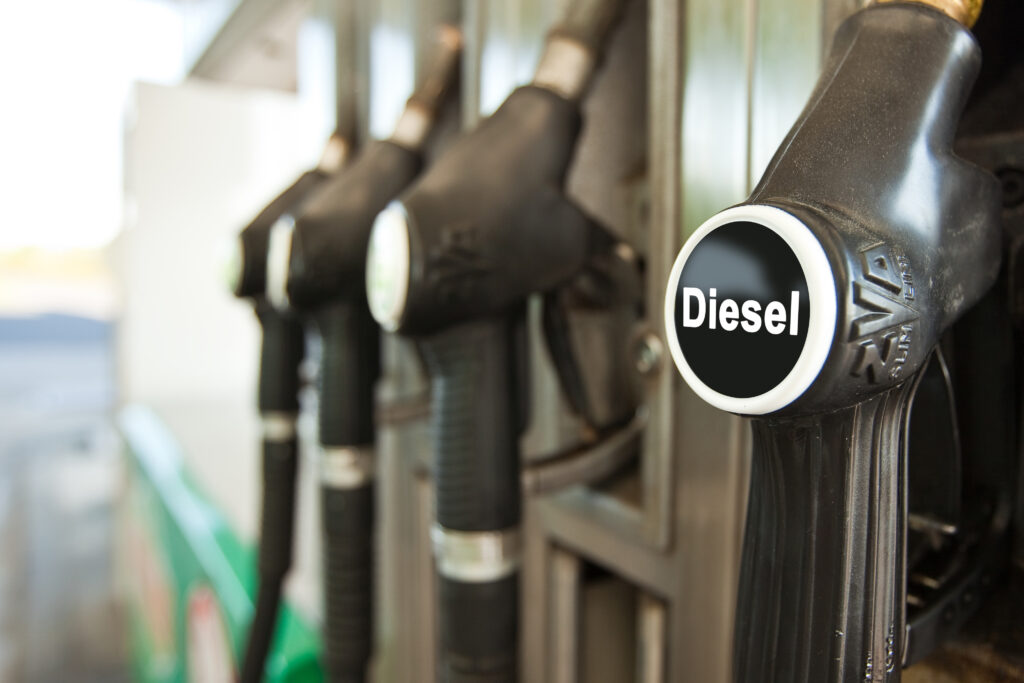Diesel prices have increased for 7 consecutive weeks, with the DOE/EIA price at $4.055 a gallon. According to Freightwaves, “the latest DOE/EIA price now puts the diesel number at a level last seen March 11, 2013.” With the ever-increasing cost of diesel, what can shippers do to help minimize the fuel costs added to their shipping rates?
Here are 4 strategies to help shippers navigate increasing fuel costs.
1. Reduce loading and unloading times
The first way to navigate fuel costs is to reduce total loading/unloading times for carriers. When a carrier has to wait for a shipment (due to it not being ready), they will often leave their truck engine running to wait in comfort; especially if the weather is very cold or hot. Unfortunately, this uses a lot of fuel over time.
The quicker the truck is loaded and unloaded, the less fuel will be used overall.
2. Ship Monday through Thursday
Rates tend to be higher on Fridays, especially when a carrier has to hold the load over the weekend for Monday delivery. The earlier in the week a load is shipped out, the better for rates and fuel economy.

3. Help drivers avoid rush hours
This strategy is mostly applicable for lanes that do not have a constant heavy flow of traffic. The longer a carrier is stuck in traffic, the more fuel is used, and that cost is passed on to the shipper. So how can shippers help?
For cities/lanes with defined rush hours, 10am – 2pm is an ideal time for pickup and delivery to help carriers avoid bad traffic and the extra fuel associated.
4. Keep loads under 44,000 lbs gross weight
The final and best strategy to help shippers to navigate high fuel costs is to keep shipments under 44,000 lbs. According to International Trucks, “For every 1,000 pound increase in vehicle weight, fuel economy drops by approximately 0.5 percent.” The heavier the load, the more power will be needed to transport it. Therefore, reducing the weight of the load will help to optimize fuel economy.
Shippers that ship volume LTL orders can also help curb the high fuel costs by matching up LTL orders to regional markets. Sending a truckload with 2 or 3 stop offs will help reduce freight costs per LTL order. This will also create faster delivery times as “load to ride” deliveries avoid time taxing cross docks and also high fuel surcharge rates that most common carriers are adding to tariffs.


